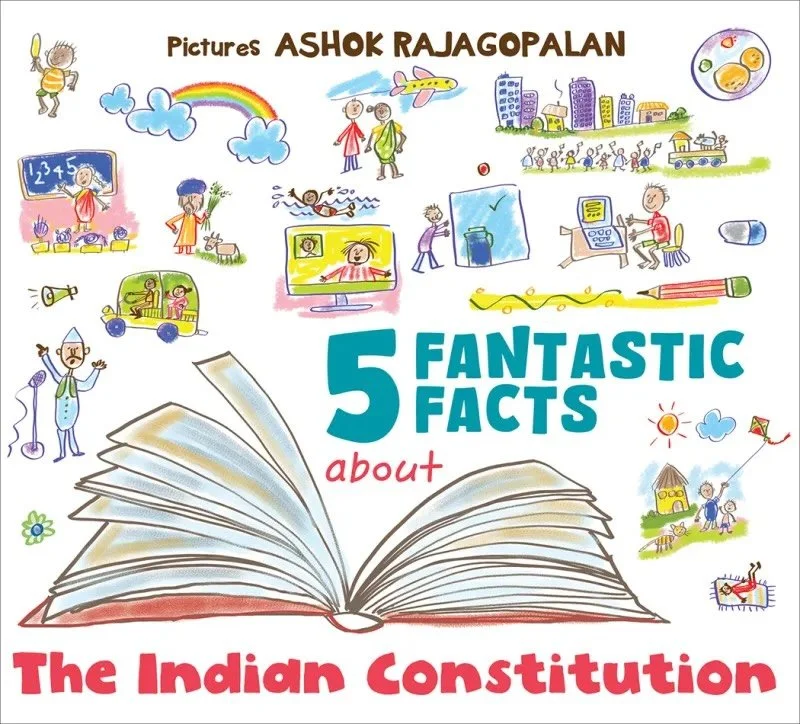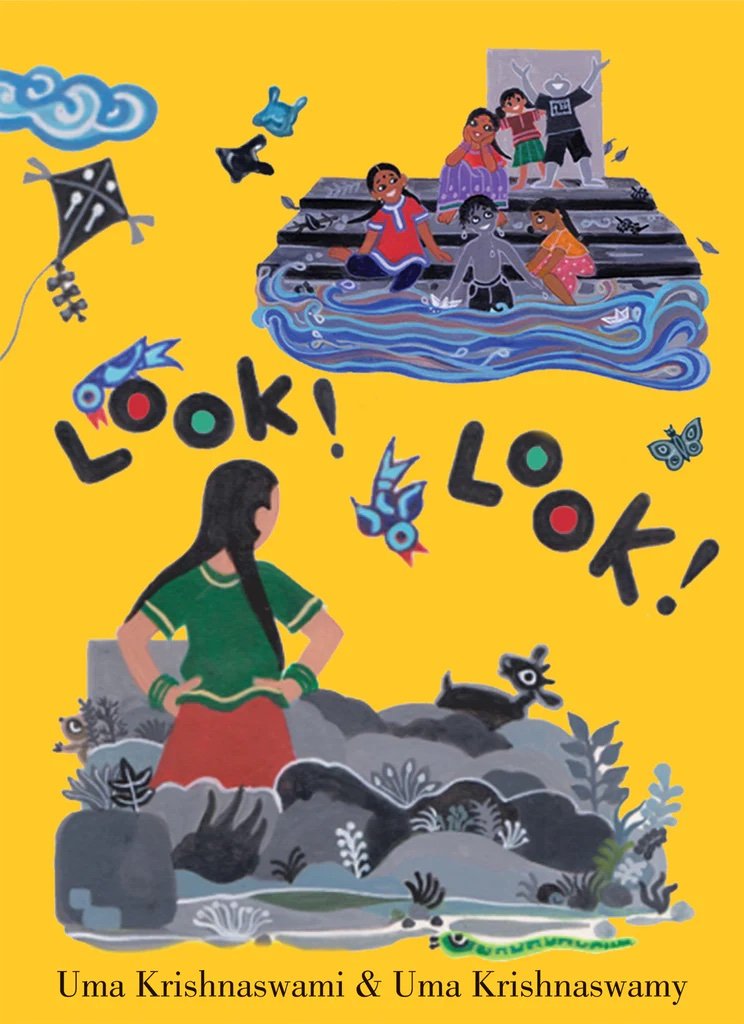
Writing With a Broken Tusk
Writing With a Broken Tusk began in 2006 as a blog about overlapping geographies, personal and real-world, and writing books for children. The blog name refers to the mythical pact made between the poet Vyaasa and the Hindu elephant headed god Ganesha who was his scribe during the composition of the Mahabharata. It also refers to my second published book, edited by the generous and brilliant Diantha Thorpe of Linnet Books/The Shoe String Press, published in 1996, acquired and republished by August House and still miraculously in print.
Since March 2024, Jen Breach (writer, VCFA graduate, and former student) has helped me manage guest posts and Process Talk pieces on this blog. They have lined up and conducted author/illustrator interviews and invited and coordinated guest posts. That support has helped me get through weeks when I’ve been in edit-copyedit-proofing mode, and it’s also introduced me to writers and books I might not have found otherwise. Our overlapping interests have led to posts for which I might not have had the time or attention-span. It’s the beauty of shared circles.


Rules, Rights, and Duties: the World’s Longest Constitution Distilled for Kids
From its mango-yellow endpapers with letters scribbled across them in multiple Indian language scripts to its freshly voiced text and the colourful, energetic illustrations by Ashok Rajagopalan, 5 Fantastic Facts About the Indian Constitution is a charming invitation from the writer-editors of Tulika Books to young readers.
I emailed Radhika Menon about the book and this is what she wrote:
It really was a challenge to do a picture book on the Constitution for five and six year olds as their first introduction to the Constitution. It is personally a very important book for me to have our children - and grandchildren - grow up with the knowledge that we have a fantastic constitution…and why it is fantastic. The idea had to be introduced visually with humour and affection for it to stay with them. Ashok was the perfect illustrator.

What happened when? The challenge of writing a companion book
I started writing the text of a possible companion book to Out of the Way! Out of the Way! last year, with a focus on water and with a girl as protagonist, a contrast in my mind to the earlier story about a boy and a road and a tree.
I thought I’d written a tidy picture book text, stayed true to my young character, followed more or less the shape of the previous story.

Looking the Tiger in the Eye
The Great Derangement: Climate Change and the Unthinkable was Amitav Ghosh’s first book of nonfiction after his marvellous travel memoir and quest to unpack history, In an Antique Land (1992).
The opening chapter contains this passage on the Sundarbans, that mangrove forest region where three rivers run into the Bay of Bengal:
The Sundarbans are nothing like the forests that usually figure in literature. The greenery is dense, tangled, and low; canopy is not above but around you, constantly clawing at your skin and your clothes. No breeze can enter the thickets of this forest; when the air stirs at all it is because of the buzzing of flies and other insects. Underfoot, instead of a carpet of softly decaying foliage, there is a bank of slippery, knee-deep mud, perforated by the sharp points that protrude from mangroves roots. Nor do any vistas present themselves except when you are on one of the hundreds of creeks and channels that wind through the landscape—and even then it is the water alone that opens itself; the forest withdraws behind its muddy ramparts, disclosing nothing.
That description transports me there, forces me to care when it would be so much easier to back away from the book’s big questions.

Power and the Silencing of Activists
Mythology and performance play roles in Oonga, the novel version of a 2013 movie with the same name, which won a 2021 Neev Book Award. The real-life dystopia of corporate plunder and the clash of ideologies lie at the heart of the novel, its storyline delivered in fragments that echo the fracturing of the land, torn up and left bleeding by the mining company. Sometimes fiction can help disseminate the truth about real-world events.
